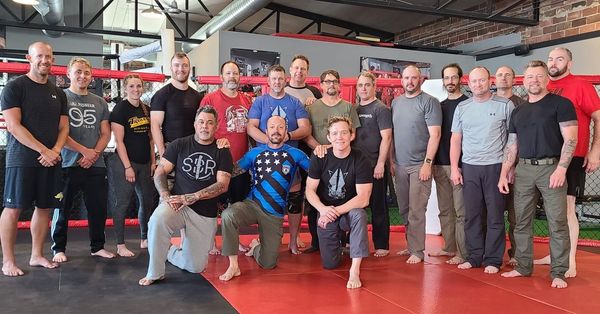Boxing, often called “the sweet science,” is a sport that demands precision, strategy, and skill. At the heart of every great boxer’s arsenal is the jab. This deceptively simple punch is the cornerstone of boxing technique and can be a potent weapon when used correctly. Whether you’re a novice or an experienced pugilist, here are some key tips to help you master the art of the jab in boxing.
1. Perfect Your Stance and Balance:
Before you throw a jab, ensure you have a solid foundation. Stand with your feet shoulder-width apart, one foot slightly in front of the other (orthodox stance for right-handed boxers). This stance provides balance and mobility, allowing you to shift your weight effortlessly into your jab. Keep your knees slightly bent, weight centered, and maintain a strong core.
2. Protect Your Face:
Your lead hand, the one you’ll be jabbing with, should be held high to protect your face. Your elbow should cover your ribs, and your other hand should guard your chin. Keep your non-jabbing hand close to your face to maintain a tight guard and prevent counterattacks.
3. Maintain Proper Distance:
A jab’s effectiveness largely depends on your ability to control the distance between you and your opponent. Use your jab to measure this distance. Extend your lead hand and lightly tap your opponent’s head or body to assess the range. Keep them at the end of your jab, but be ready to close the distance or move away as needed.
4. Snap the Jab:
The jab should be quick and snappy. Don’t telegraph your intent; instead, focus on speed and precision. Push off your back foot, rotate your hips, and extend your lead arm fully. Snap your jab back immediately after extension to guard against counters. Speed and accuracy are more important than power with the jab.
5. Vary Your Jab:
Don’t fall into the pattern of using the same type of jab repeatedly. Mix it up to keep your opponent guessing. Use different types of jabs, such as:
- Flicker Jab: A quick, light jab to set up other punches.
- Power Jab: A harder jab with more weight behind it to stun your opponent or disrupt their rhythm.
- Body Jab: Target your opponent’s midsection to slow them down and create openings.
6. Use Footwork:
Your footwork plays a critical role in jabbing effectively. Step into the jab to add power and close the distance, and step out to create space when needed. Pivot on the ball of your lead foot as you jab to generate additional power and angles.
7. Work on Timing:
Timing is everything in boxing. Practice your jab timing to catch your opponent off guard. Look for openings in their defense, and use your jab to exploit these opportunities.
8. Feint and Set Up Combinations:
Don’t limit your jab to a solitary punch. Use it to set up combinations. Throw feints with your jab to draw out reactions from your opponent and create openings for power punches like crosses and hooks.
9. Stay Relaxed and Focused:
Tension in your muscles will slow you down and make your jab less effective. Stay relaxed, especially in your shoulders and arms. Keep your focus on your opponent’s movements and maintain mental composure.
10. Practice, Practice, Practice:
Finally, practice your jab tirelessly. Shadowboxing, bag work, and sparring are excellent ways to refine your jabbing skills. The more you practice, the more natural and effective your jab will become.
In conclusion, the jab is the cornerstone of boxing technique. Mastering this punch is essential for any boxer looking to succeed in the ring. By perfecting your stance, balance, and technique, you can turn your jab into a powerful weapon that controls the distance, sets up combinations, and keeps your opponent on the defensive. So, step into the gym, put these tips into action, and watch your jab transform into a formidable tool in your boxing arsenal.



